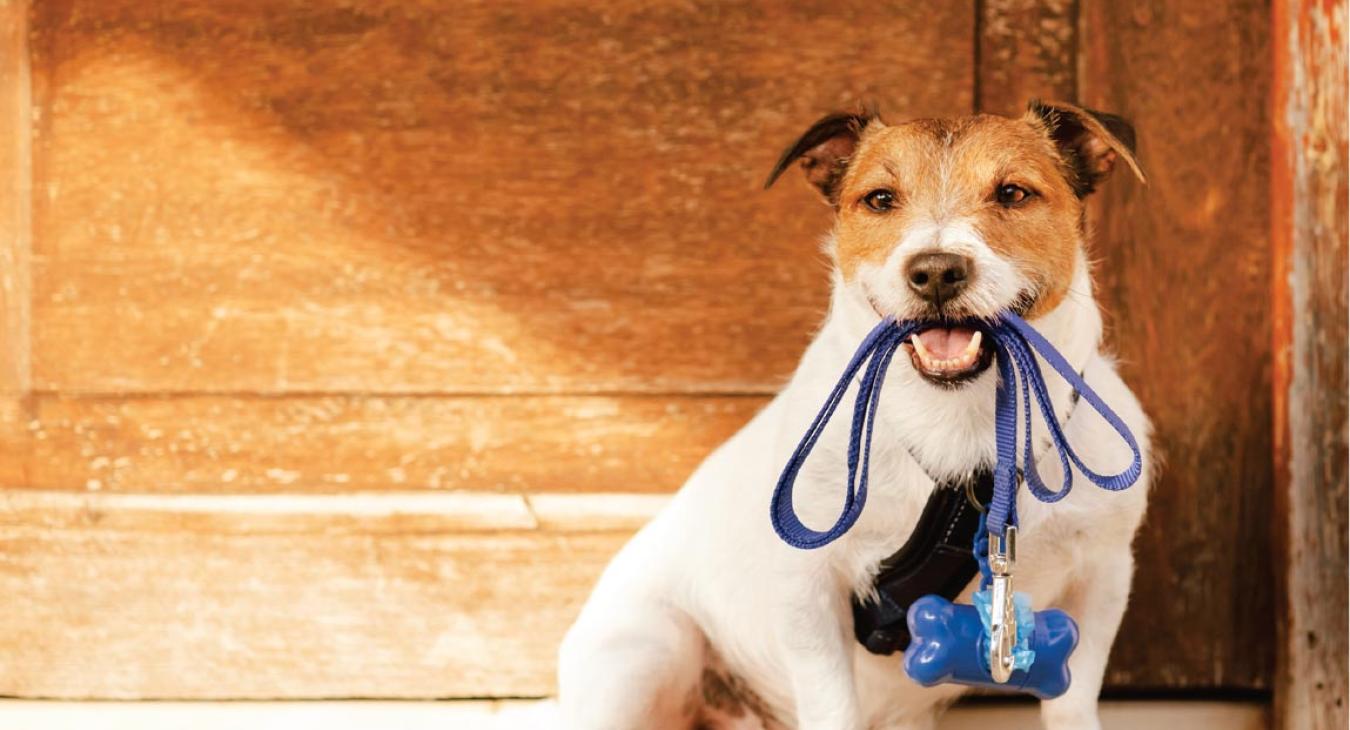By Robin Howard
This story has a happy ending, so if you have pets, stay with me.
Several years ago, some friends celebrated their new status as empty nesters by taking off for the day on their motorcycle. They got up early, fed and walked their dogs, then hit the backroads for a leisurely cruise. They planned to be home in the late afternoon in time for their pups’ evening meal and walk.
However, on the way back, they were in a serious accident. Both were taken to the hospital unconscious, and both had to have immediate emergency surgery. It was well into the next evening before either was awake or aware.
From their medical records, the hospital tracked down their daughter, who was in college on the West Coast. She headed home right away, but in the chaos, it didn’t occur to her that the dogs were alone, in a rural area , with the nearest neighbor more than a quarter mile away.
By sheer luck, a neighbor stopped by their house the following day to borrow a ladder. They hadn’t responded to his calls or texts, which was unusual.
When the neighbor knocked, he could tell the dogs inside were frantic. He couldn’t shake the feeling that something was wrong. Later that day, he broke into the laundry room, crawled in and took the dogs home with him until he could make contact. By this time, the dogs had been alone for a day and a half.
When my friend returned to work and social life after a three-month stay in a rehab hospital, she came bearing gifts: bright red keychains and wallet cards that loudly proclaimed, “MY PET IS HOME ALONE.” On the back, there was a space to write in the names and phone numbers of people who would take care of pets in an emergency.
She made sure anyone with a pet got one, and she made sure they kept it on them . This paid off 18 months later, when our mutual friends—a single woman and her daughter—were in a boating accident. An emergency room nurse immediately called the designated pet emergency contact listed on the card taped to the woman’s driver’s license.
Fortunately, all injuries were minor. Later that day, my friend and her daughter came home to a happy, fed, watered and walked pup.
When someone arrives at a hospital unconscious, medical personnel look for emergency contacts in a wallet, phone or digital medical records. If someone arrives without an ID or phone—or they haven’t designated contacts in medical records—the hospital may or may not notify the police.
If the police can find an address, they may track down relatives by going to the patient’s house or knocking on neighbors’ doors.
Medical personnel focus on treating people—and rightly so. Finding emergency contacts aren’t their first priority. If you have a furry buddy at home who is depending on you, make sure emergency workers can quickly find out who to call.
Choose a Temporary Caregiver
The first step in setting up your pet emergency plan is to ask at least one person who lives nearby to be your pet emergency contact. You should trust this person enough to give them the key or code to your house. Having two or three neighbors or friends who can access your house in an emergency is even better.
Make Care Instructions Clear
Post pet care instructions in a conspicuous place, such as on the refrigerator, in the pantry, or wherever you store pet food and supplies. Care instructions should include when and how much to feed your pet and if they require medication. Include your veterinarian’s phone number and any of your pet’s essential needs or quirks.
If you have a longer-term caregiver—someone willing to take care of your pet for an extended time—include their contact information as well.
Print a Pet Emergency Contact Card
You can buy durable Pet Home Alone wallet cards or download a free template to print, but you can also make a notification card by writing “Help! Pet home alone” on a business card-size piece of paper, along with caregiver contact information.
Tape or rubber band it to the front of your ID. Make sure it’s facing out if your wallet has a transparent ID window.
People with serious conditions frequently carry a medical alert key chain, and medical personnel know to look for it. Carrying a pet alert key chain can provide extra peace of mind.
Add Pet ICE Contacts
Smartphones have a feature that allows good Samaritans to see and call In Case of Emergency contacts you designate, even if your phone is locked.
Cross-pollinate ICE Contacts
Your medical primary emergency contact listed in your medical records—your spouse or partner, children or parents, for example—may not be near enough or able to take care of your pet on short notice.
If you have different emergency contacts for you and your pets, make sure both have each other’s phone numbers. In an emergency, it’s essential someone nearby can reach your furry family quickly.


